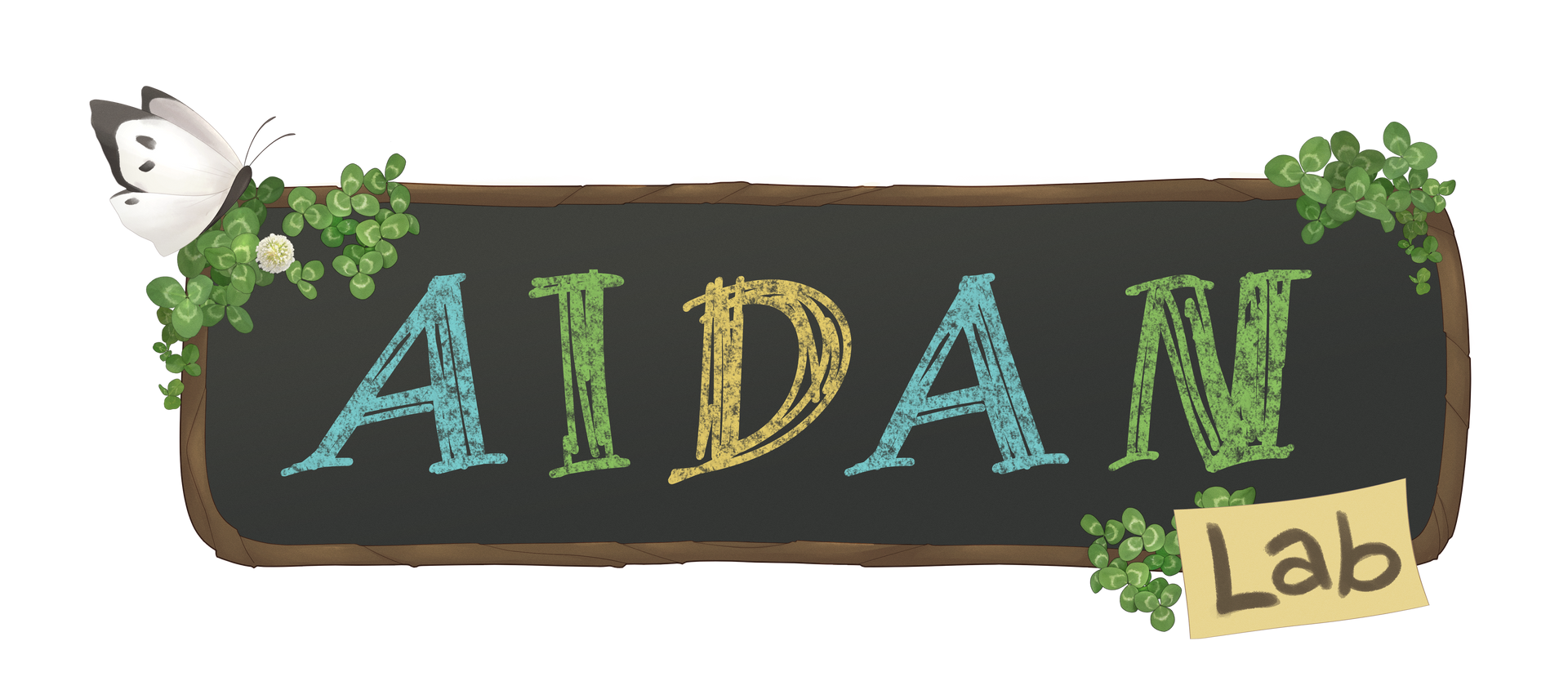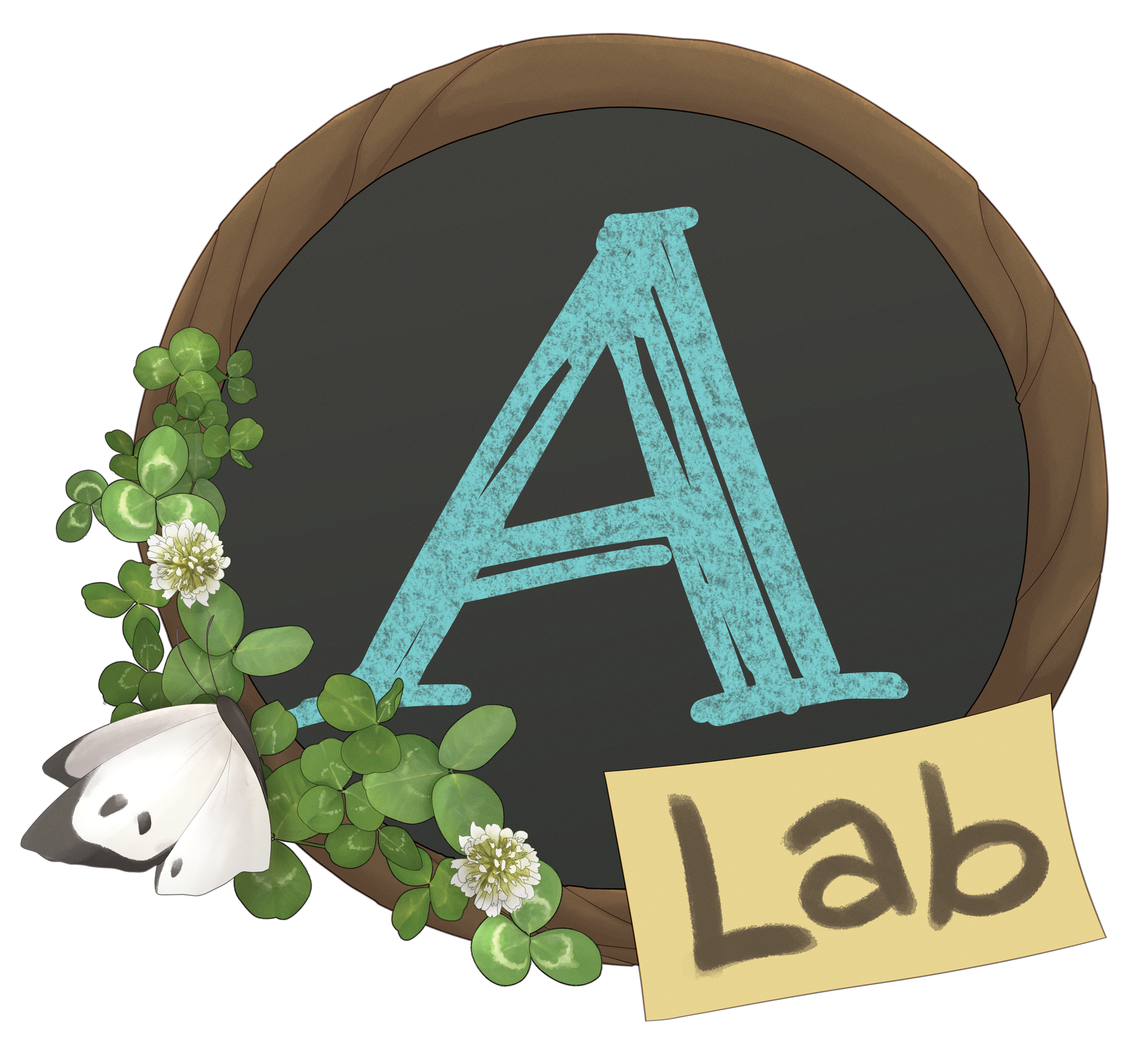Camouflaging and Masking
Research Interest and Development
It is imperative that academic research continues to explore how autistic individuals camouflage and mask as a means to adaptation to a neurotypical society. AIDAN Lab is motivated to study just that, especially the subtleties that are apparent within those of female and gender minorities.
Camouflaging Defined
Camouflaging and masking strategies are often used by individuals who both are or aren't autistic to blend into one’s social surroundings. By presenting a ‘socially acceptable’ or ‘best’ version of oneself to the public eye, people attempt to 'fit in'. In the case of autistic people, it can extend to hiding our more obvious autistic traits and behaviours.
An Important Tool
While these kinds of strategies are often used to improve social relations and academic success by almost everyone, it is suggested that needing to regularly rely on camouflaging and masking strategies is linked to poorer mental health, lower well-being, and an increased prevalence of anxiety, depression, and suicidal ideation.

An Unfair Double Bind

Many autistic advocates of the neurodiversity movement rightly suggest that autistics should not have to work so hard to “pass” as neurotypical in order to achieve success at home, work or school. They advocate for autistics to be allowed to remain true to themselves. On the other hand, autistic youth and adults are often judged unfairly and viewed as less than competent because we behave in ways that ‘appear odd’. This can place many autistic adults in a double bind where we look down on ourselves for acting ‘too autistic’ according to neurotypical standards; and at the same time, we feel ashamed for not acting ‘autistic enough’; and failing to act as our ‘true authentic’ selves.
Camouflaging and Autistic AFABs (assigned female at birth)
Our Current Research
My Master’s student (Nicholas Denomey) and I decided to tackle this problem head-on by interviewing twelve autistic adults aged 18-35, who identify as female, who strongly rely on camouflaging strategies to make up for perceived social weaknesses and mask classic autistic mannerisms. Using Interpretive Phenomenological Analysis (IPA) and purposeful sampling, our aims were to better understand the positives and negatives of relying on camouflaging strategies specifically in relation to the World Health Organizations' four domains of quality of life (psychological, physical, social, and environmental health). As this project was run during the COVID-19 pandemic, we were also given the unique opportunity to ask our participants to reflect on the impact of the pandemic on their experiences of camouflaging. The preliminary themes as a result of the impact of the pandemic included; a lesser need to camouflage, being empowered by new social distancing rules, and re-learning how to camouflage.

Current Events

An Autistic Advisory Committee (AAC) co-developed, supported, and guided this study to completion. Three autistic women collaborators (Ryan, Gilmore, and Devlin) were chosen based on their lived-experiences as autistic women who camouflage their autistic traits as well as their previous research experience. Working with an autistic advisory board a to design a collaborative research project improved the overall study several ways: increased trustworthiness and commitment to rigour, more respectful language was used, and a boost in inclusivity and allyship.
N. Denomey and J. Ryan together presented our experience of working with the AAC at the Kids Brain Health (KBHN) Virtual Conference November 2021 in a poster presentation entitled, Lived Experiences and an Autistic Advisory Committee: A Discussion of Process and Experience, which won the KBHN Family Engagement and Partnership “Best Poster” Award.


